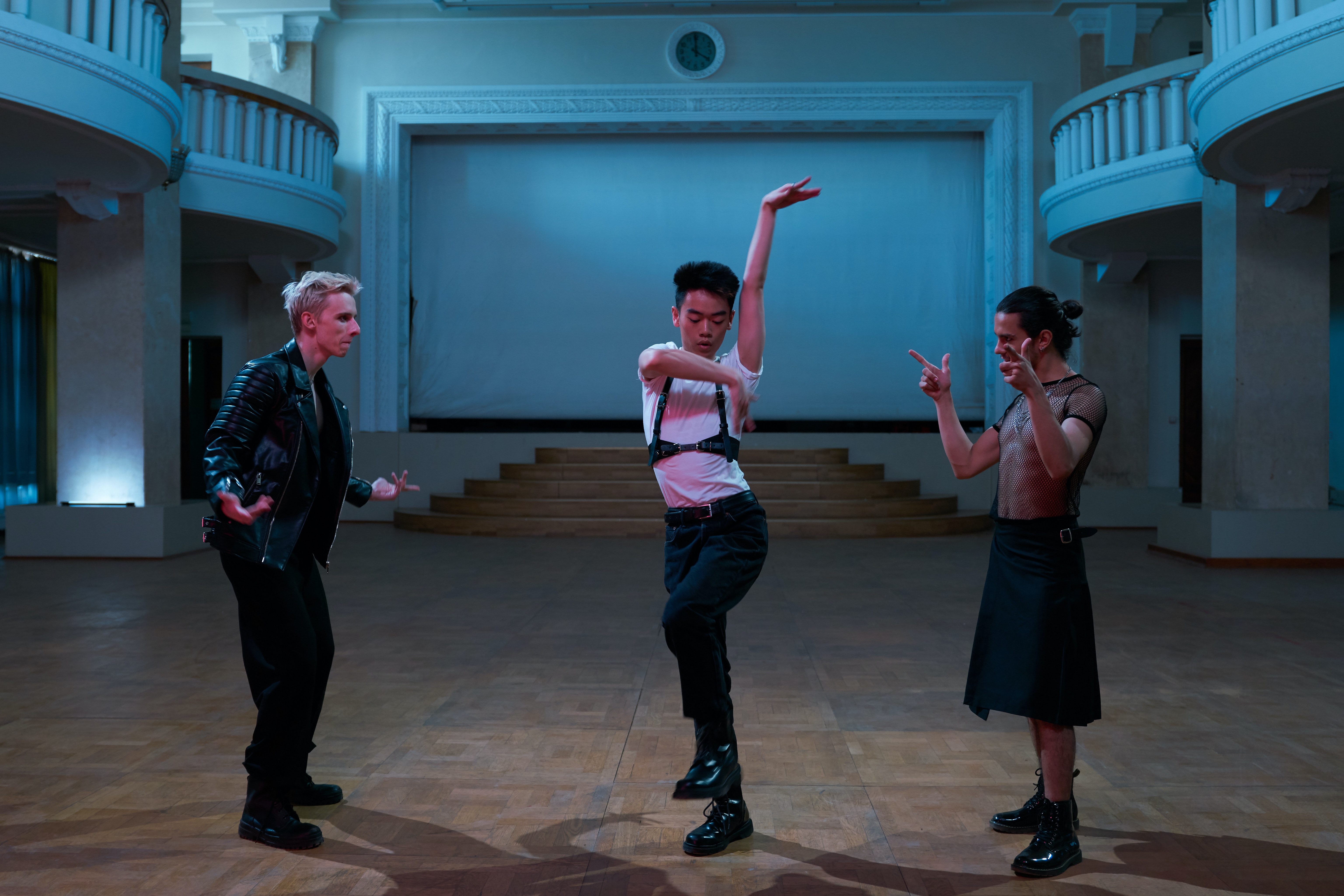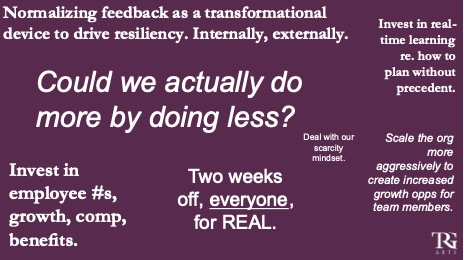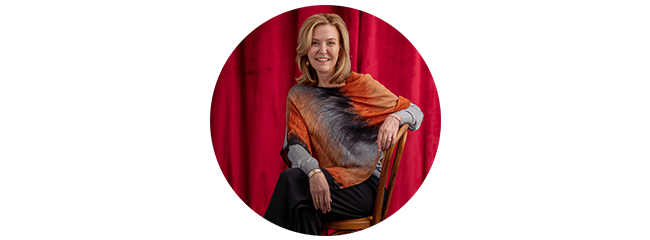How can we change our organizational systems to fuel creativity’s impact on our bottom line?
The dopamine chase. Keystone habits. Managing time as a resilience practice. These ideas took center stage in my recent conversations with personal resiliency expert Dr. Michael Maddaus — ideas that we both believe leaders in our beleaguered arts and cultural sector need as they work to create 21st century organizations. Today’s arts and cultural leaders must think and behave differently now and moving forward, and this requires energy, focus and creativity at completely new levels. “Put your oxygen mask on first,” says every flight attendant on every flight we take, and I see the implications of this over-used phrase so much for leaders in our sector right now. Perhaps for everyone. And this is the point.
If you take this challenge that I’m raising seriously (and I hope you will), then you’ll inevitably conclude that your staff teams require similar tools. You may conclude, as I have, that our assumptions about workplace operating systems are outmoded and don’t equip our most valuable resource—our people—to perform. If YOU require new ways of managing time, your mental and physical health, and your creative output, then don’t they?
“And if there’s any sector that should be focused on enabling creativity—whether for our stages, marketing and fundraising teams or the executive office—it’s ours.”
Back in September of 2020, I interviewed Rahaf Harfoush, author of the book, “Hustle & Float: Reclaim Your Creativity and Thrive in a World Obsessed with Work” for an episode of our TRG 30 webcast. You can learn more about her here, but it was the book’s “reclaiming your creativity” bit that initially caught my attention. If you read my blogs you know that in 2020 I watched so many of us in this arts and cultural sector—this CREATIVE field—operate seemingly without the creativity that got us here in the first place. As I read and talked with her, I began to see a crisis that began before the pandemic. Rahaf challenged me (and us) to consider what new requirements and systems and freedoms we require for the highest creative output possible for our organizations. And if there’s any sector that should be focused on enabling creativity—whether for our stages, marketing and fundraising teams or the executive office—it’s ours.
Let’s face it: Arts, cultural and entertainment sectors not only require creativity to re-bound; they require it to re-emerge differently. “Different” requires innovation, change management, learning agility and the ability to be comfortable precisely when things are damn uncomfortable. All of this requires creativity, and not just one-time, right-now-for-the-moment-until-we’re-back-to-“normal” creativity but on-going, ever-renewing creative resiliency.

Which brings me back to Dr. Maddaus and personally resilient operating systems. In an era of deep disruption in our collective relationship to work, as Gen X and Boomer cohorts shrink as a proportion of the workforce, and changing demographics in every community across the globe alter any number of work-life preferences, I’d argue we’re being forced to re-examine the norms we’ve developed in the workplace. But the smarter operators will do it for another reason: to scale resiliency and creativity throughout an organization so that arts and culture can thrive.
So how would that work? I recently engaged Dr. Maddaus and the group of global chief executives participating in Convene in this exact conversation. After several sessions focused on their own personal operating systems, we asked, “how would you scale this into your organization?” The answers reflected the reality: we’ve been swimming in the ocean of the “traditional” workplace for so long, it’s hard to imagine something different. But imagine they did. Their initial ideas are below, and they’re a start to a conversation that continues this week with Rahaf and TRG’s Chief Talent Officer, Keri Mesropov.

At TRG, we’re taking up this question: What changes could we make in our work structure and systems that fuel creativity’s impact on our bottom line? I’ll have more to report in 2022, but right now we are testing and learning about things like:
- the role of physical activity and “place” in creative output;
- how to get planned downtime to enable the brain to re-charge; and,
- the examination of each team member’s relationship to work (and their work role models).
I want to hear from you! I want to learn about successful changes in your work culture or operating system that have fueled creativity and results. Join me on this journey of creative resiliency for our sector; I’ve just launched a newsletter — sign up here — where I’ll be talking about these ideas and more. We all need arts and cultural organizations that operate “above the line” in the 21st century so that we can best serve our communities, our artists, each other. Let’s get to work on it.
Jill S. Robinson CEO | TRG Arts

Jill S. Robinson is CEO of TRG Arts (The Results Group for the Arts), a renowned international, data-driven change agency and a ColoradoBIZ Top 100 Women-Owned Company. As a driving force in the arts and culture sector, Jill has inspired leaders and organizations for more than three decades, and her expertise and counsel are sought out by arts and cultural executives worldwide. Jill believes in the transformative power of arts and culture experiences, and that positive, profound change in the business model of arts organizations leads to artistic innovation that can inspire entire communities.
More Blogs from JillLeaders: Do you consider yourself to be creative?
I'm on an exploration of creativity, sharing reasons why the arts and culture sector isn’t as creative or resilient as it could be. I invite to you to join me: I'd love to engage with you about what I’m seeing, what you’re seeing, and what we might do to make a difference.
Join Me